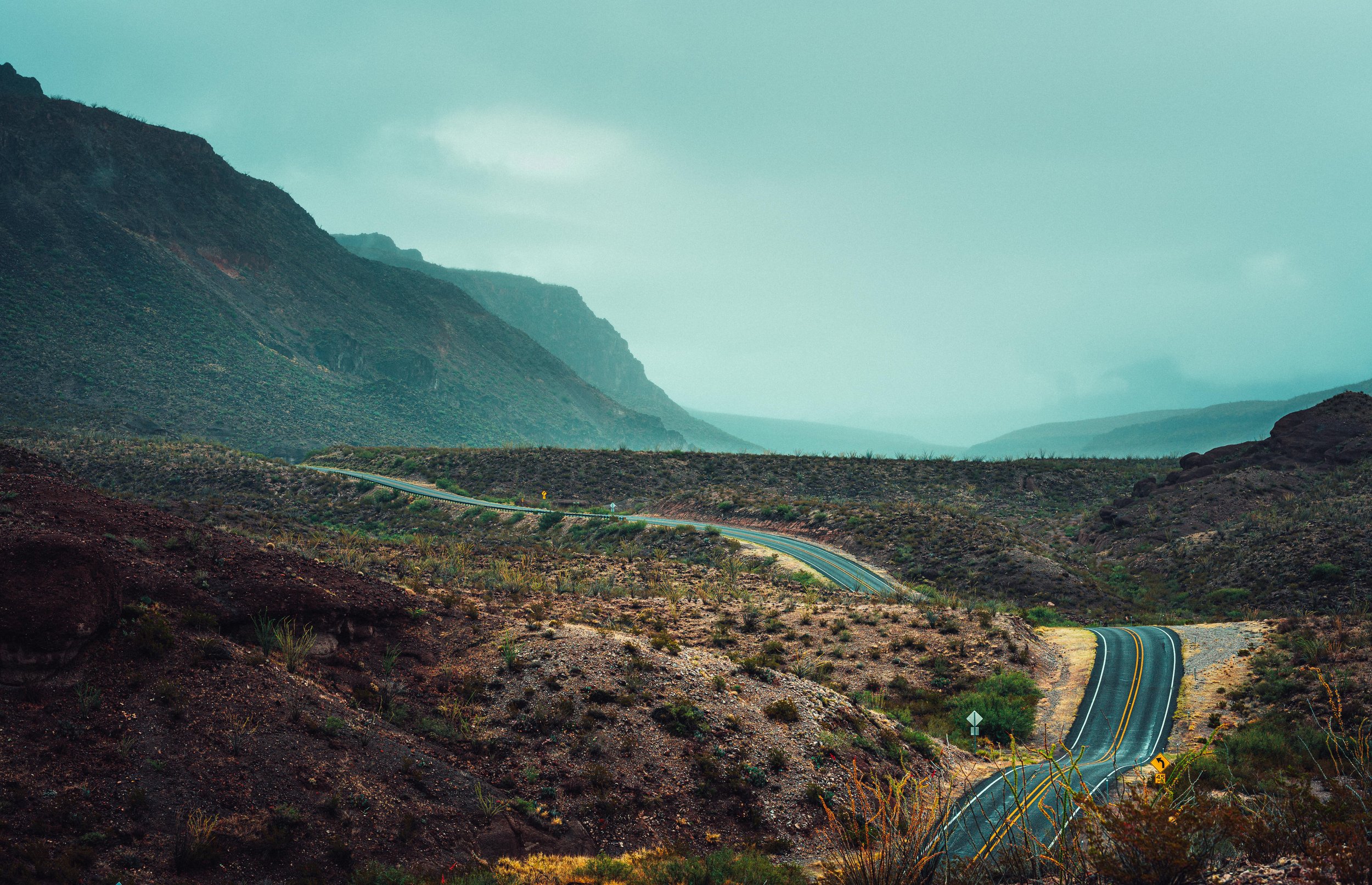Essay: On Photography
The first set of photographs I ever created were captured on my mom's 10mp Kodak point-and-shoot in the backyard of my step-grandparents' Wisconsin home. I was 13 years old, visiting their family for a baptism. This "collection" mostly consisted of varying shots of grass and leaves, with trees looming ominously in the background.
These photos were, to spare you the sorry details, horrible.
There was never a clearly discernible subject and the photos were rarely in focus; the built-in auto-exposure and white balance were the only things keeping these photos from being completely uninterpretable. I was convinced it was art. Full of ego and lacking a barrier, I uploaded them to Facebook with the title: "The World from an Ant's Perspective."
While I would not long after cringe at the idea altogether, my current perspective on photography sits closer to that younger version of myself than it did at the start of this project. Although I am now armored with experience, my philosophy regarding photography has become one of deconstructing the assumptions that I have of what constitutes "good" art. I am no longer interested in capturing moments and creating work with the express purpose of profiting from them; rather, my goal has become to simply capture a moment as it comes to me.
This conclusion arises from the cultural shift from photography as an art form to photography as mere content. I think back to the Dadaists and the larger surrealist movement popularized during the world wars and their views on the role of the artist: their fight, though misconstrued as being solely anti-academic at the time, was against the very aestheticization and institutionalization of art that we experience today. In that respect, photography is no longer about capturing a moment in a way that is both true to the author and subject, but an endless consumerist path to an everchanging definition of perfection. New lenses, new cameras, and new gear are released on a daily basis; different social media platforms advance popular aesthetics at a break-neck pace; photographers themselves are forced to cannibalize each other's work for their share of an increasingly apathetic audience. There is simply no room for imperfect art.
Which is a really disappointing conclusion for an art form so clearly meant to capture those exact imperfections.
Unlike the Dadaists, who found their answer in ironic detachment, I believe the answer for our generation of artists is not a rejection of reason, but a rejection of artifice. I’ve attempted to adopt this in my artistic praxis by borrowing from the filmmaking philosophy of Dogme 95, whose focus on authenticity and the sanctity of location has led me to become deliberately obtuse in my approach. Largely refusing to use top-of-the-line lenses outside of client work, I instead opt for vintage and manual focus lenses wherever I can. I travel light, rarely with more than just my camera bag in tow — a single hot-shoe flash is the most I'll bring for non-client work. Very rarely do I bring photos into Photoshop. In a digital landscape, these analogue decisions force you to take your time; consider the subject, consider the location, and consider whether or not what you're capturing is true. It also makes you fall in love with the moments where the focus or exposure is just *slightly* off or those where the chromatic aberration of uncoated lenses or the blooming of a worn-down barrel takes over the entire image. Eventually, with enough patience and practice, these perceived weaknesses transform into valuable tools. They become the exact thing that makes your perspective interesting.
At one point I felt I was, as Tilda Swinton bluntly stated in Suspiria, "mistaking physical weakness with artistic preference." However, I have since come to realize that there is no mistake: my weaknesses are as much a part of my art as my strengths. These weaknesses, as glaring as they might be, are wholly redefined as artistic preference by the privilege of maintaining a broad enough body of work or a large enough following.
Nonetheless, I have simply decided to claim my weaknesses as artistic preferences without evidence of either. Ultimately, I’ve accepted my weaknesses as an integral part of my artistic identity — independent of what the market dictates.
Walt Whitman's *Leaves of Grass* has sat next to me through the entire process of creating this book. It is interesting to read his words well over a century after he wrote them and still see myself within them. I hope that 150 years from now someone reads these words and sees themselves in these pages as well.
As I Ponder'd In Silence
Walt Whitman
Leaves of Grass
As I ponder'd in silence,
Returning upon my poems, considering, lingering long,
A Phantom arose before me, with distrustful aspect,
Terrible in beauty, age, and power,
The genius of poets of old lands,
As to me directing like flame its eyes,
With finger pointing to many immortal songs,
And menacing voice, What singest thou? it said;
Know'st thou not, there is but one theme for ever-enduring bards?
And that is the theme of War, the fortune of battles,
The making of perfect soldiers?
Be it so, then I answer'd,
I too, haughty Shade, also sing war—and a longer and greater one
than any,
Waged in my book with varying fortune—with flight, advance, and
retreat—Victory deferr'd and wavering,
(Yet, methinks, certain, or as good as certain, at the last,)—The
field the world;
For life and death—for the Body, and for the eternal Soul,
Lo! too am come, chanting the chant of battles,
I, above all, promote brave soldiers.
first published in 2025 as the closing essay in “Drive My Car”
